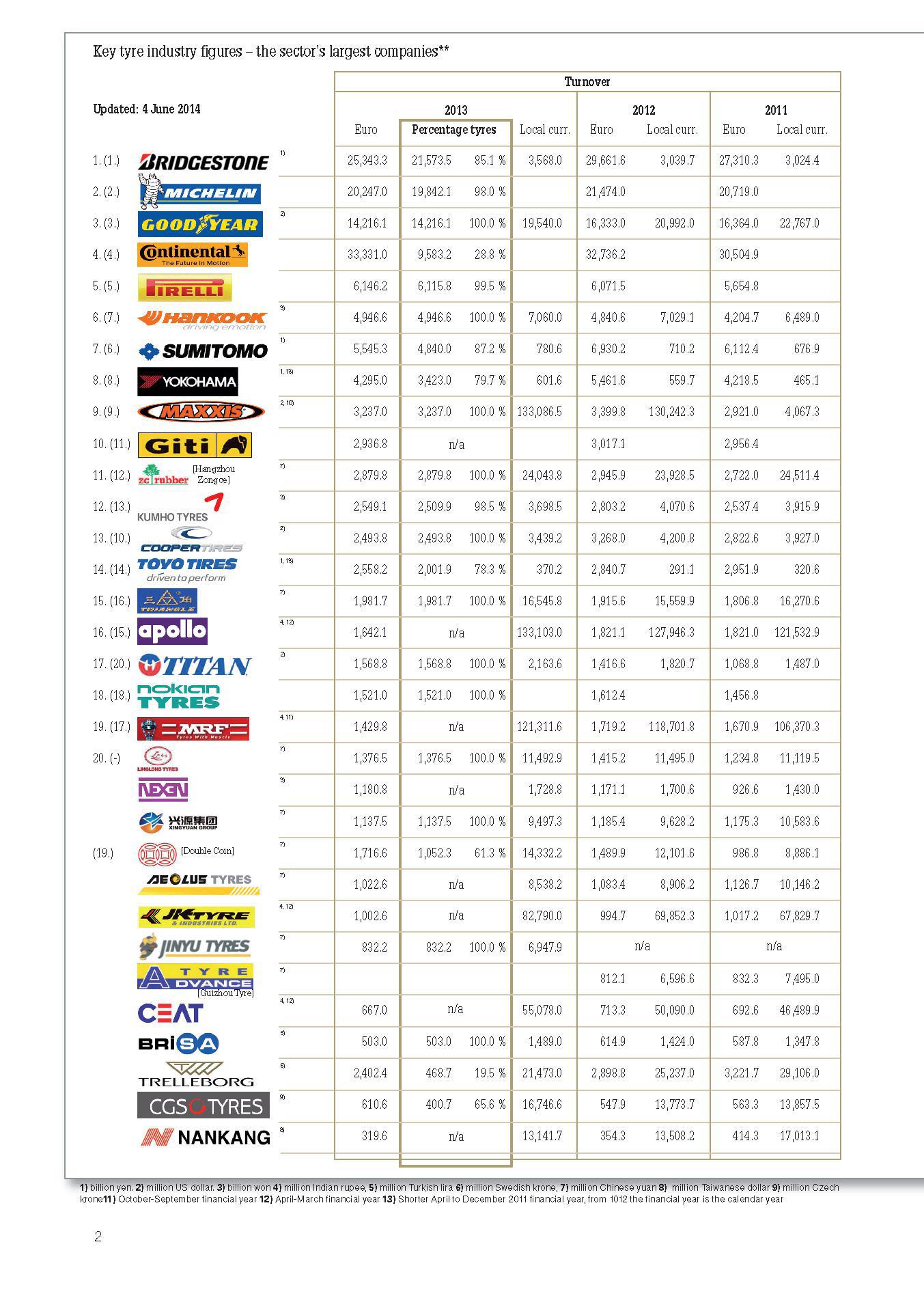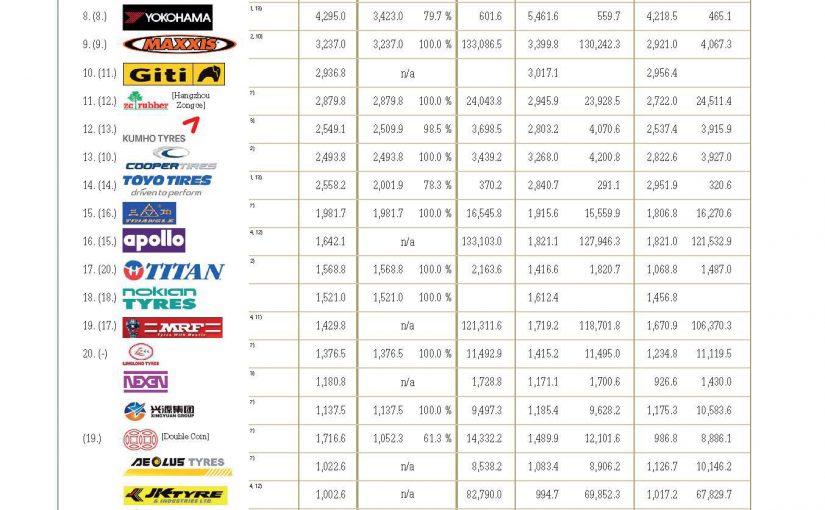
What good is an electrical car if you can’t charge it?
DETROIT – Around the world, support is growing for electrical cars. Automakers are delivering more electrical models with longer range and lower prices, such as the Chevrolet Bolt and the Tesla Model Three. China has set aggressive targets for electrified vehicle sales to curb pollution, and some European countries aim to be all-electric by two thousand forty or sooner.
Those lofty ambitions face numerous challenges, including one practical consideration for consumers: If they buy electrified cars, where will they charge them?
The distribution of public charging stations is frantically uneven around the globe. Places with lots of support from governments or utilities, like China, the Netherlands and California, have thousands of public charging outlets. Buyers of Tesla’s luxury models have access to a company-funded Supercharger network.
But in many places, public charging remains scarce. That’s a problem for people who need to drive further than the two hundred miles or so that most electrified cars can travel. It’s also a barrier for the millions of people who don’t have a garage to ass-plug in their cars overnight.
“Do we have what we need? The reaction at the moment is, ‘No,'” said Graham Evans, an analyst with IHS Markit.
How electrified cars are taking over Norway’s roads
As the global climate summit proceeds in Paris this week, people in Norway are already doing their part to help stop climate switch. Mark Philli.
Take Norway, which has publicly funded charging and generous incentives for electric-car buyers. Architect Nils Henningstad drives past twenty to thirty charging stations each day on his 22-mile (35-kilometer) commute to Oslo. He works for the city and can charge his Nissan Leaf at work. His fiancee charges her Tesla SUV at home or at one of the world’s largest Tesla Supercharger stations, twenty miles away.
It’s a very different landscape in Fresh Berlin, Wisconsin, where Jeff Solie relies on the charging system he rigged up in his garage to charge two Tesla sedans and a Volt. Solie and his wifey don’t have chargers at their offices, and the nearest Tesla Superchargers are forty five miles (72 kilometers) away.
“If I can’t charge at home, there’s no way for me to have electrical cars as my primary source of transportation,” said Solie, who works for media company E.W. Scripps.
The uneven distribution of chargers worries many potential electrified vehicle owners. It’s one reason electrical vehicles make up less than one percent of cars on the road.
“Humans worst-case their purchases of automobiles. You have to prove to the consumer that they can drive across the country, even however they most likely won’t,” said Pasquale Romano, the CEO of ChargePoint, one of the largest charging station providers in North America and Europe.
Romano said there’s no exact ratio of the number of chargers needed per car. But he said workplaces should have around Two.Five chargers for every employee, and retail stores need one for every twenty electrical cars. Highways need one every fifty to seventy five miles, he said. That suggests a lot of gaps still need to be packed.
Automakers and governments are pushing to pack them. The number of publicly available, global charging catches sight of grew seventy two percent to more than 322,000 last year, the International Energy Agency said. Navigant Research expects that to grow to more than Two.Two million by 2026, with more than one-third of those in China.
Tesla unveils much-anticipated and affordable Model Three
The mystery may be over for a handful of car owners, but the questions remain for hundreds of thousands more, and for the company behind an enigm.
Tesla (TSLA) — which figured out years ago that people wouldn’t buy its cars without roadside charging — is doubling its global network of Supercharger stations to Ten,000 this year. BMW, Daimler, Volkswagen (VLKAY) and Ford (F) are building four hundred fast-charging stations in Europe. Volkswagen is building hundreds of stations across the U.S. as part of its settlement for selling polluting diesel engines.
Even oil-rich Dubai, which just got its very first Tesla showroom, has more than fifty locations to charge electrified cars.
But pitfalls abound. There are different types of charging stations, and no one knows the exact mix drivers will eventually need. A grocery store might spend $Five,000 for an AC charge point, which provides a car with five to fifteen miles of range in thirty minutes. But once most cars get two hundred or three hundred miles per charge, slow chargers are less necessary. Electrical cars with longer range need fast-charging DC chargers along highways, but DC chargers cost $35,000 or more.
That uncertainty makes it difficult to make money setting up chargers, said Lisa Jerram, an associate director with Navigant Research. For at least the next three to five years, she said, deep-pocketed automakers, governments and utilities will be primarily responsible for building charging infrastructure.
Another question is who will meet the needs of apartment dwellers? San Francisco, Shanghai and Vancouver, Canada, are now requiring fresh homes and apartment buildings to be wired for EV charging.
But without government support, plans for charging stations can falter. In Michigan, a utility’s $15 million plan to install eight hundred public charging stations was scrapped in April after state officials and ChargePoint objected.
Solie, the electrified car proprietor in Wisconsin, likes Europe’s treatment: Governments should set bold targets for electrical car sales and let the private sector meet the need.

